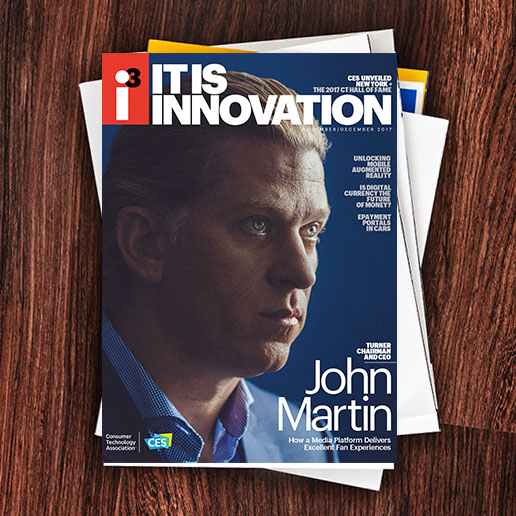Since being signed in 2012, the STB voluntary agreement has saved consumers nearly $2.1 billion in energy costs and avoided 11.8 million metric tons of carbon dioxide emissions. The energy saved in just four years is equivalent to the energy used by all of the homes in Washington, DC, and Chicago combined for an entire year. Even as our STBs gain more features and abilities, their overall national energy consumption has reduced 23.4 percent since the VA’s inception.
The agreement’s outstanding results were recognized when it was named an Environmental Leader Project of the Year in 2016. The judges cited the initiative’s success in establishing a collaborative effort that significantly reduced the industry’s impact on the environment while saving consumers hundreds of millions of dollars. Once the industry saw how a collaborative, voluntary approach could effectively improve the energy efficiency of STBs, stakeholders created a new agreement involving SNE to reduce the energy used by the devices connected to consumers’ home internet.
In 2015, most major internet service providers, as well as retailers of internet equipment such as modems and routers, joined the SNE voluntary agreement. Just two years later, the findings demonstrate another industry success story: Nearly all reported units purchased and sold in 2016 met the agreement’s rigorous efficiency
standards, helping reduce energy consumption in millions of U.S. homes.
According to the latest annual report, 98 percent of units met VA’s standards, increasing from 89 percent a year ago, even as consumers demanded increasingly robust equipment to support higher-speed services and increased Wi-Fi capacity
within their homes.
The successes of both of these voluntary, private sector-driven agreements show the effectiveness in providing meaningful energy and cost savings to consumers and the country. Whether by innovating devices that are faster and smarter, or ones that help reduce energy costs, the industry is working toward improving the consumer experience.

i3, the flagship magazine from the Consumer Technology Association (CTA)®, focuses on innovation in technology, policy and business as well as the entrepreneurs, industry leaders and startups that grow the consumer technology industry. Subscriptions to i3 are available free to qualified participants in the consumer electronics industry.